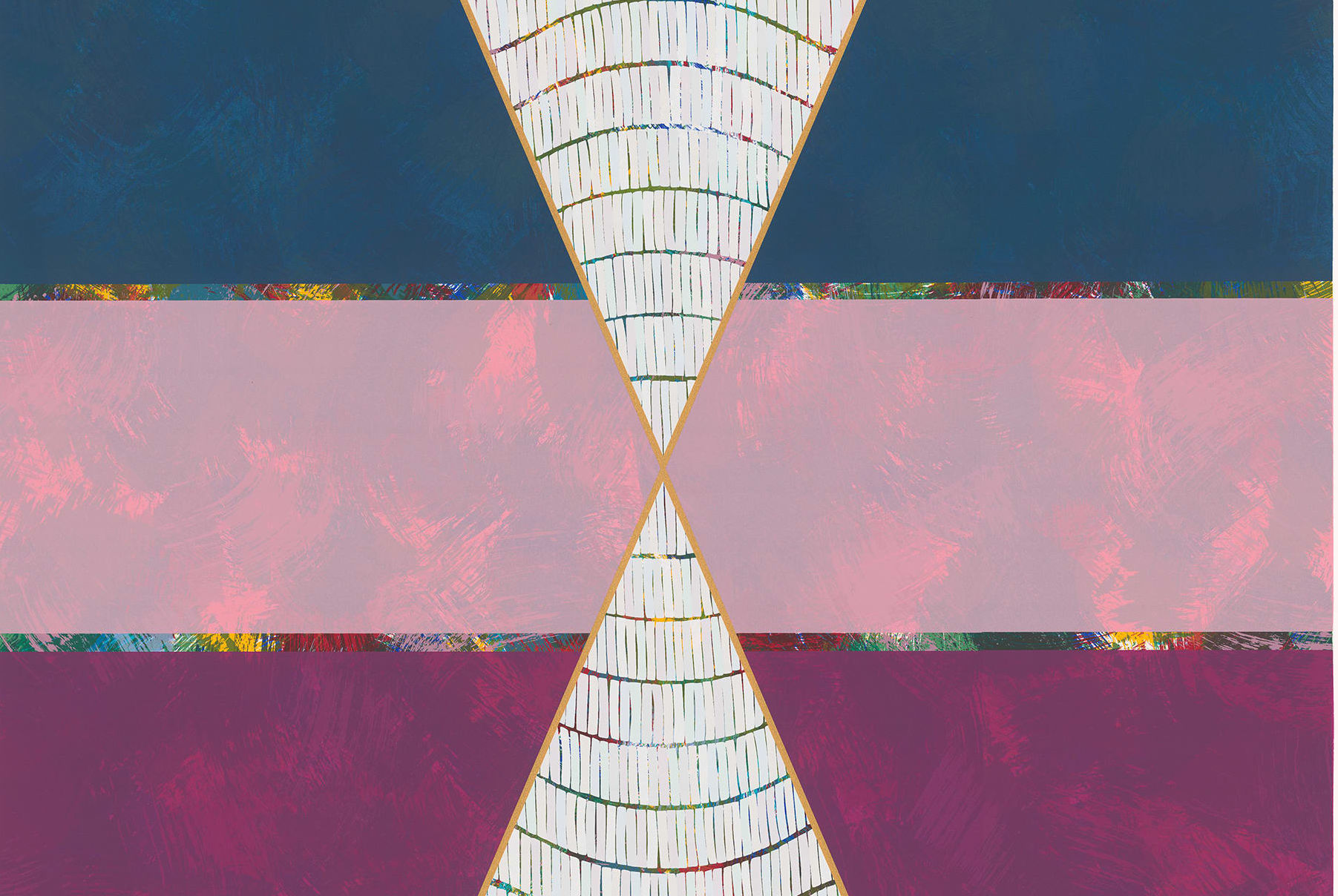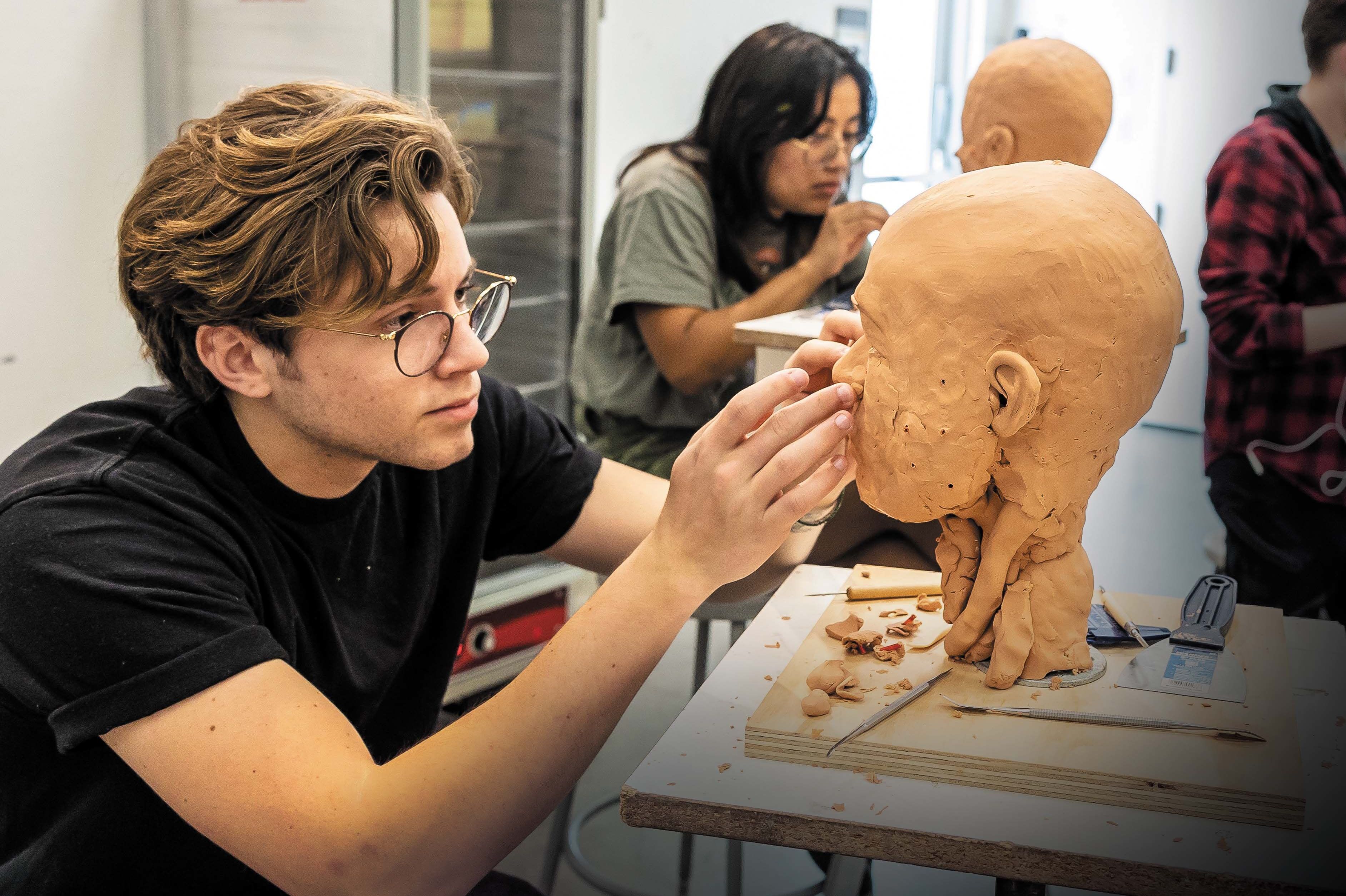A Sneak Peek at the Ringling's Eternal Offerings Exhibit
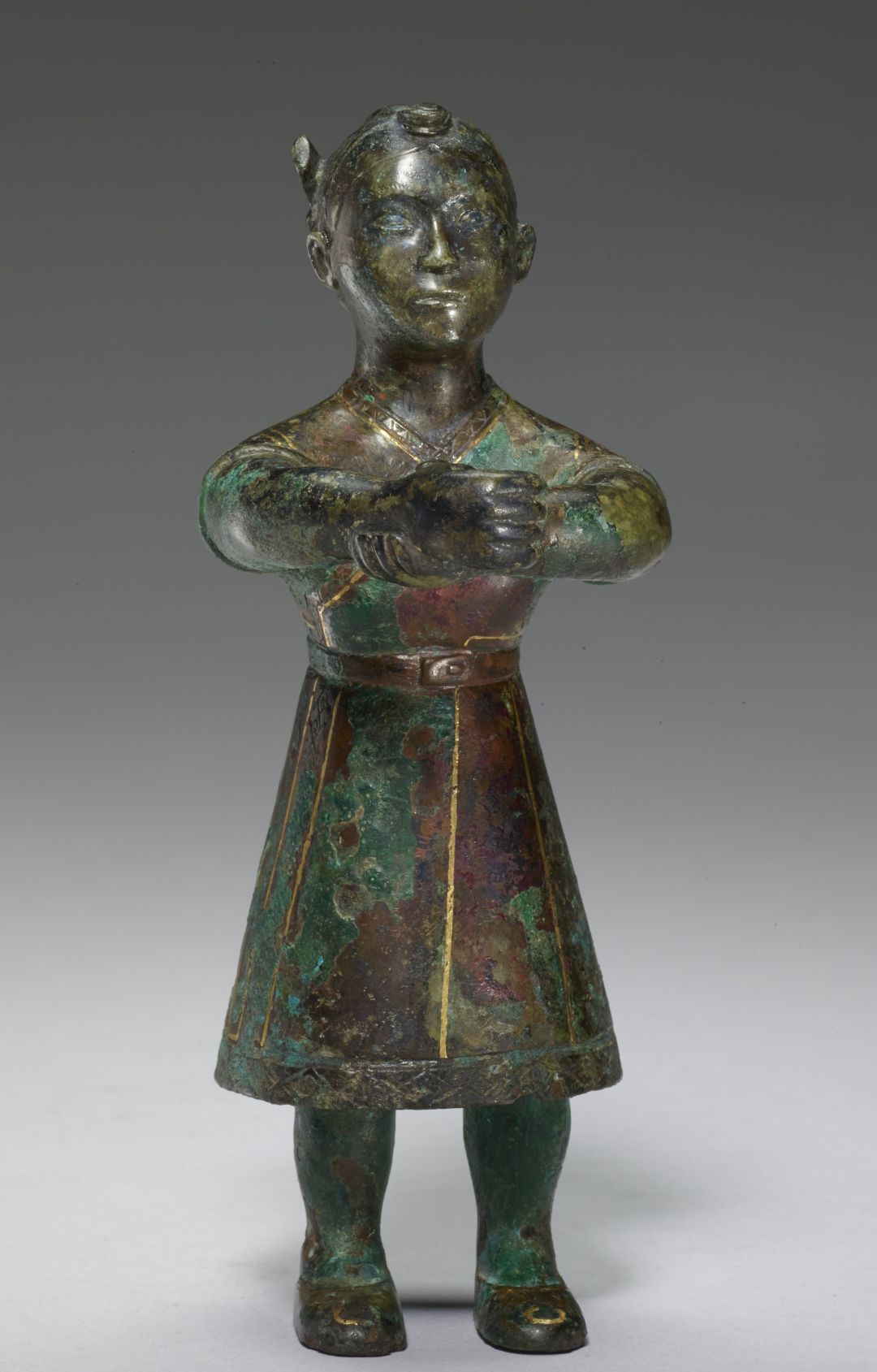
Standing Figure, 5th-4th century BCE, Bronze with gold inlay.
Image: Minneapolis Institute of Art
The Ringling is continuing to expand its focus on Asian art with Eternal Offerings: Chinese Ritual Bronzes from the Minneapolis Institute of Art, a new exhibit opening June 9. The works will be on display through Sept. 10 at the John and Mable Ringling Museum of Art.
This collection of almost 100 Chinese bronze objects is on display for the first time outside of the Minneapolis Institute of Art. These works span millennia, covering the period from the 13th century BCE to the 19th century, featuring the uses of these bronze objects to represent status, record events, and to be used in ancestral, musical and funereal rituals.
Christopher Jones, curator of photography and media at Ringling, led the media in a preview of this exhibit. “This show is really fascinating because it focuses on Bronze Age material, Bronze Age vessels from China,” Jones says. “China wasn’t necessarily the first culture to enter the Bronze Age in human history, but they were unique in the ways they created these bronze vessels and the purposes that they serve.”
Beginning with the works that were an integral part of the early urbanization in China, the exhibit uncovers the progression of the use of bronzes in Chinese society.
Early works include food and wine vessels and a ladle, with the objects often taking a zoomorphic form. Chinese artisans used a unique bronze casting technique, allowing them to create exact replicas of clay models and emboss the objects with supernatural animal faces.
Jones emphasizes how the bronze objects became associated with the elite, with an example of Ding ancient cauldrons that were synonymous with political power because they were connected to a quasi-myth started by Emperor Wu of the Han dynasty.
During the tour, media members walked through a room that felt like a tomb, representing sets of bronzes found buried with the dead. These objects can reveal the status of the dead, depending on what set they had lying next to them.
“These are bronzes that help us understand the early history of Chinese culture and give an insight into ritual use, ancestor worship, and also how elite society maintained order through ritual,” Jones says.
Other rooms in the exhibit feature bronze musical instruments, center on the shift in religious thought at the end of the Bronze Age, and offer a space with objects for collection and study.
Take a moment to view these images from the gallery. More information for the exhibit can be found here.
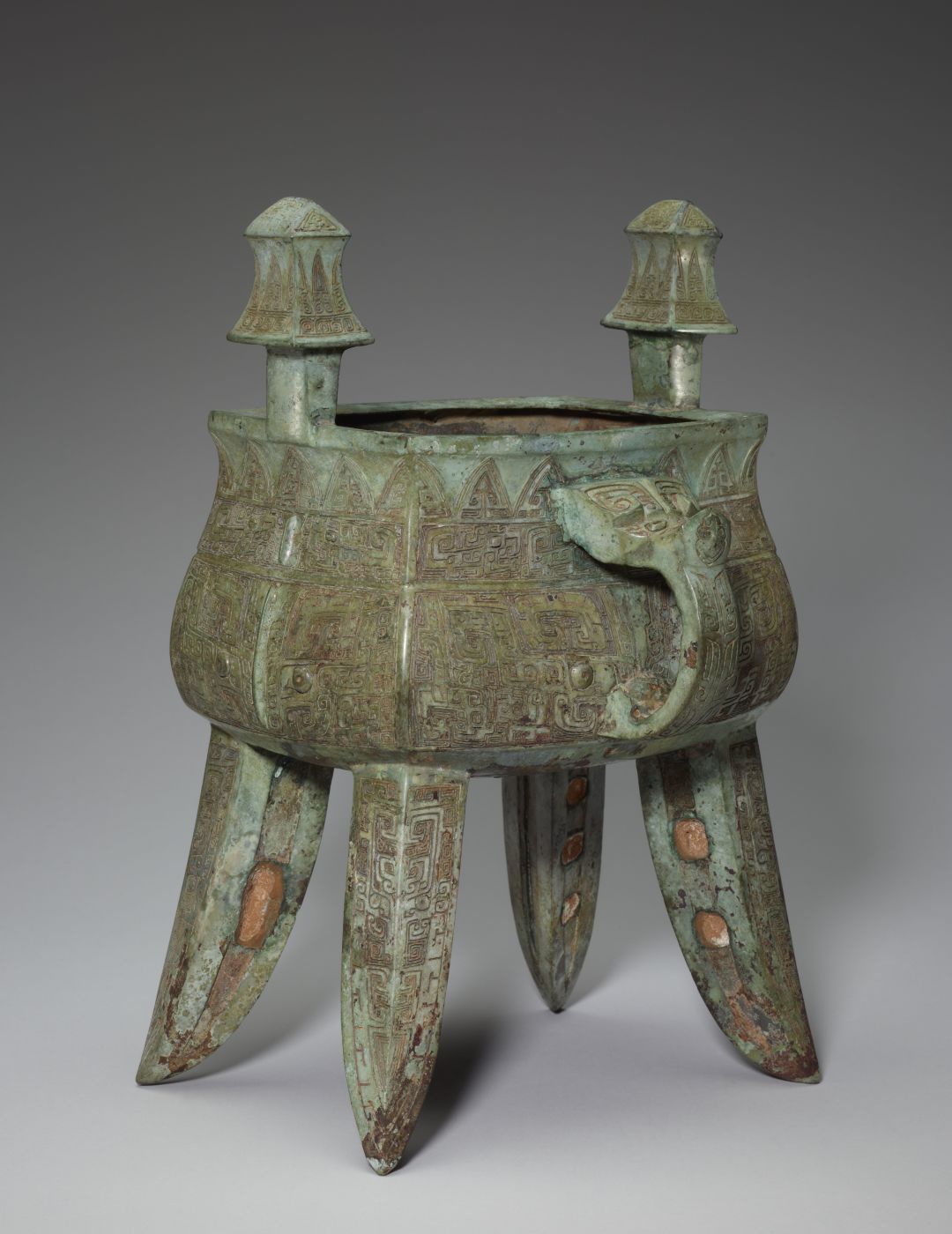
Fangjia Wine vessel, late Shang dynasty (c.1300-1046 BCE), Bronze.
Image: Minneapolis Institute of Art
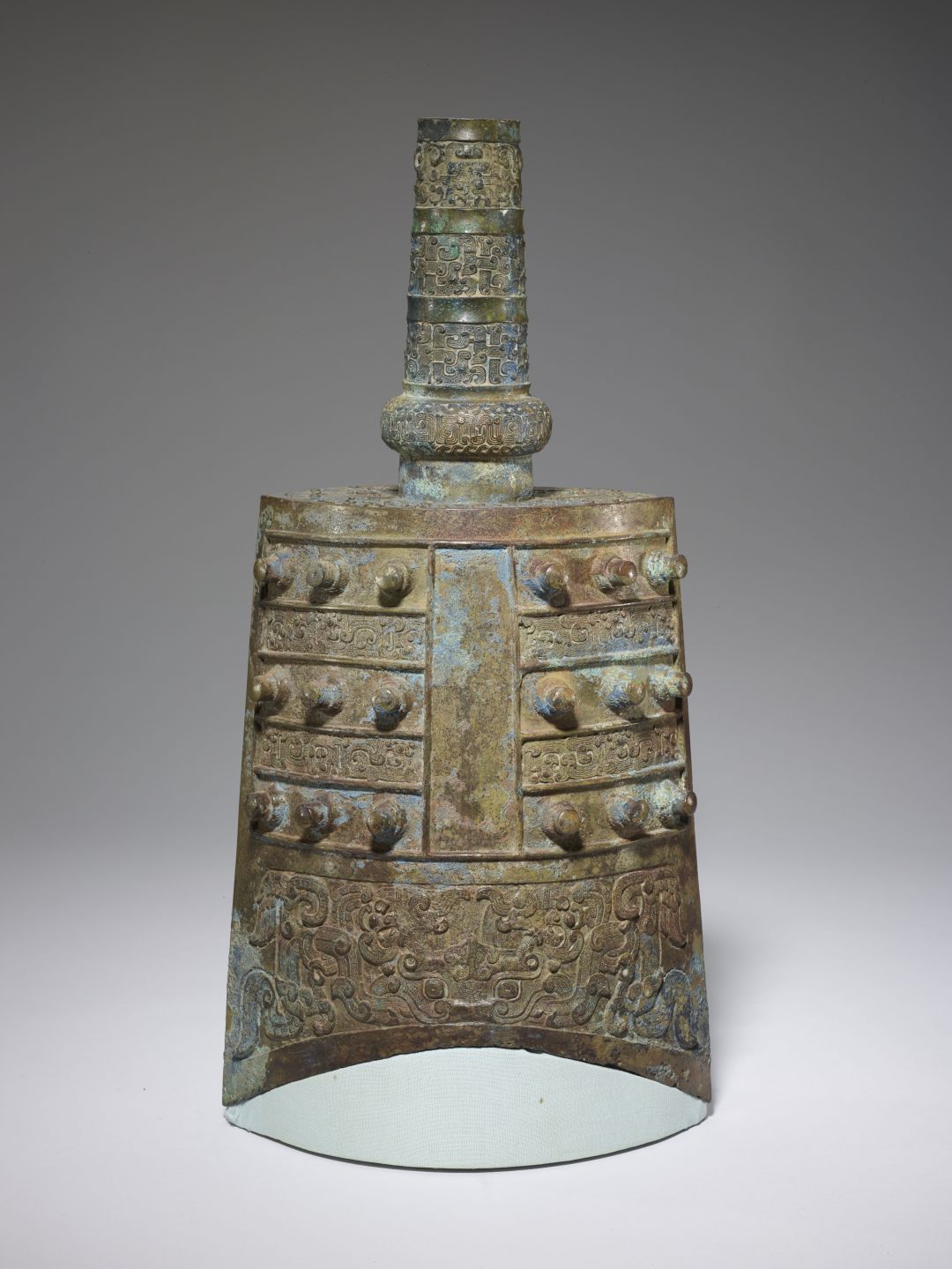
Yongzhong Ceremonial Bell, 6th-5th century BCE, Bronze.
Image: Minneapolis Institute of Art
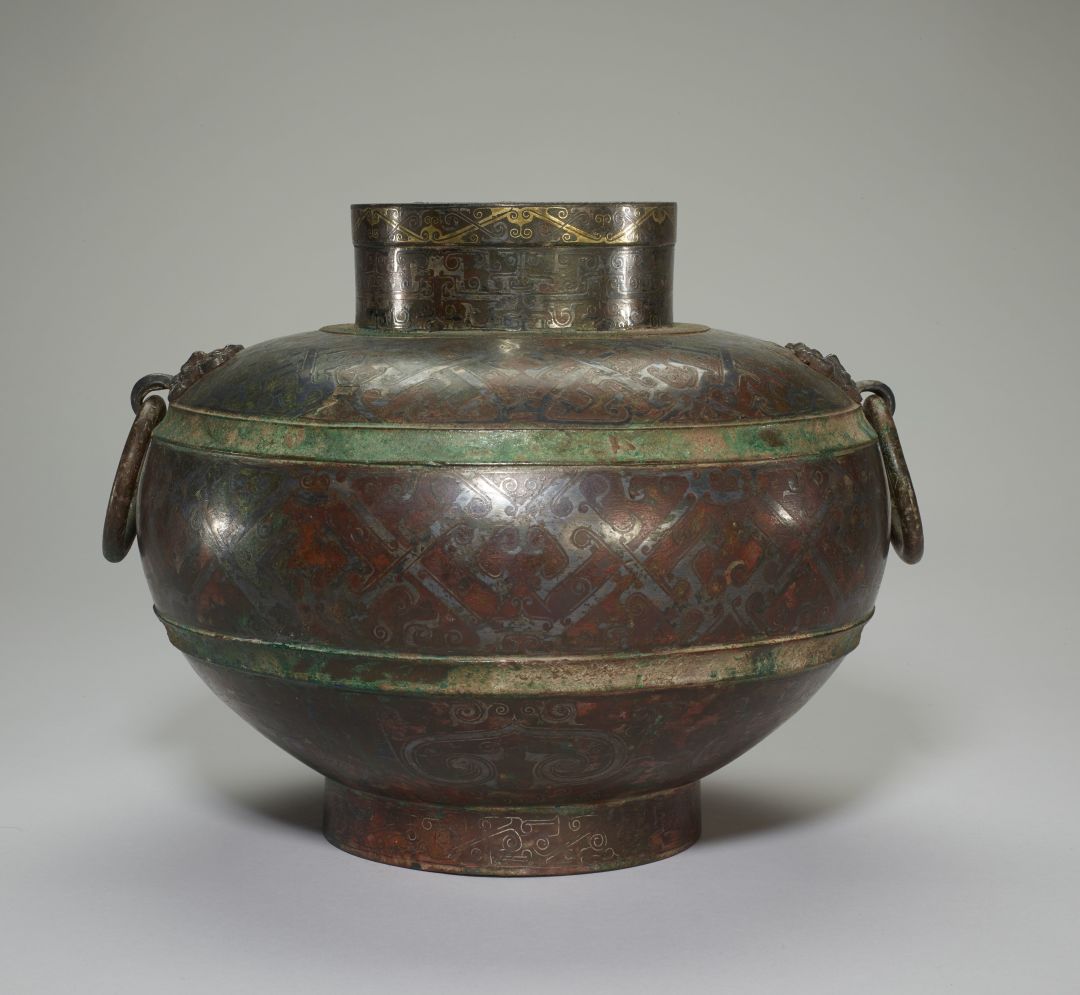
Lei wine vessel, 4th century BCE, Bronze with gold, silver and copper inlay.
Image: Minneapolis Institute of Art
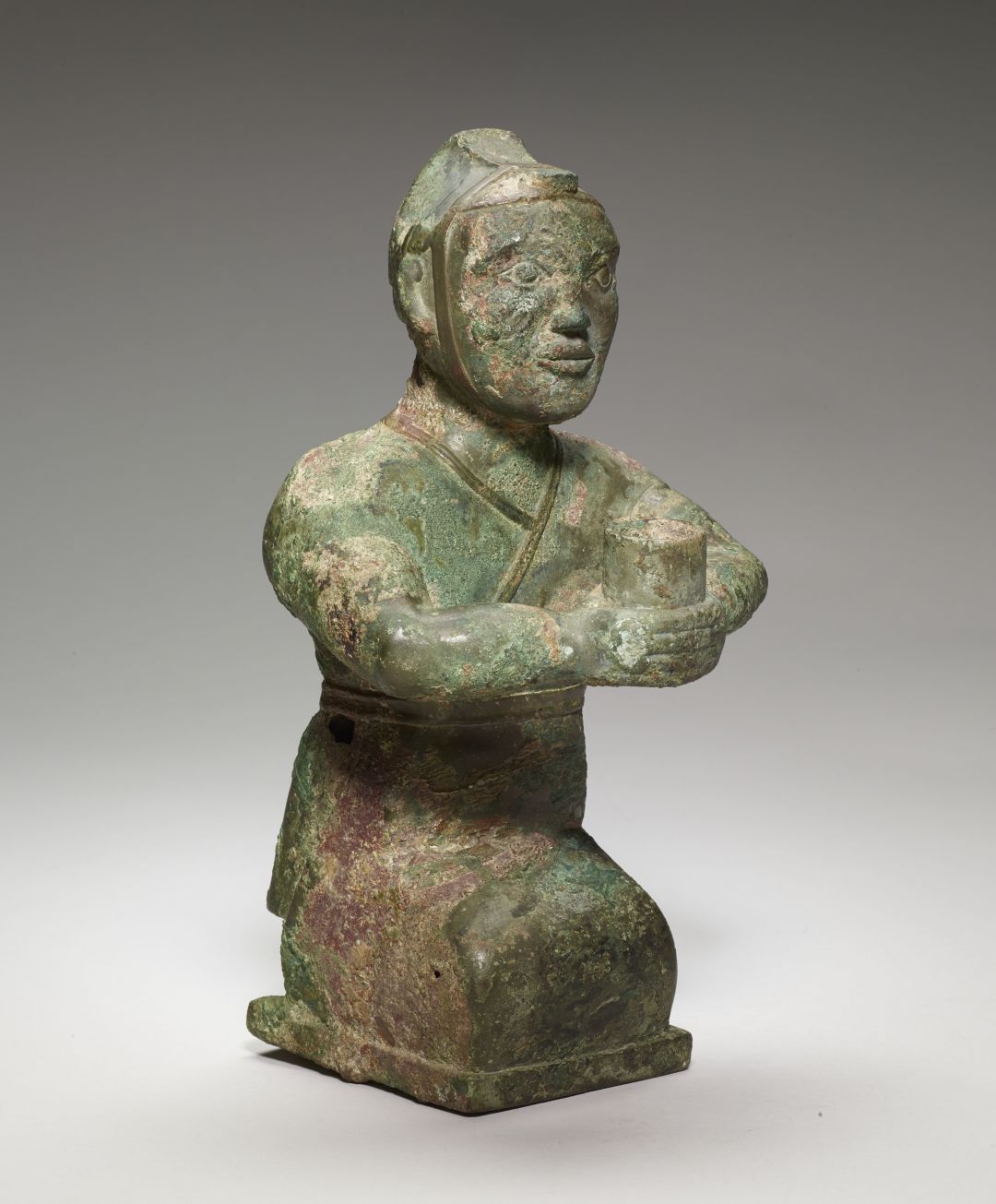
Kneeling figure, 4th century BCE, Bronze.
Image: Minneapolis Institute of Art
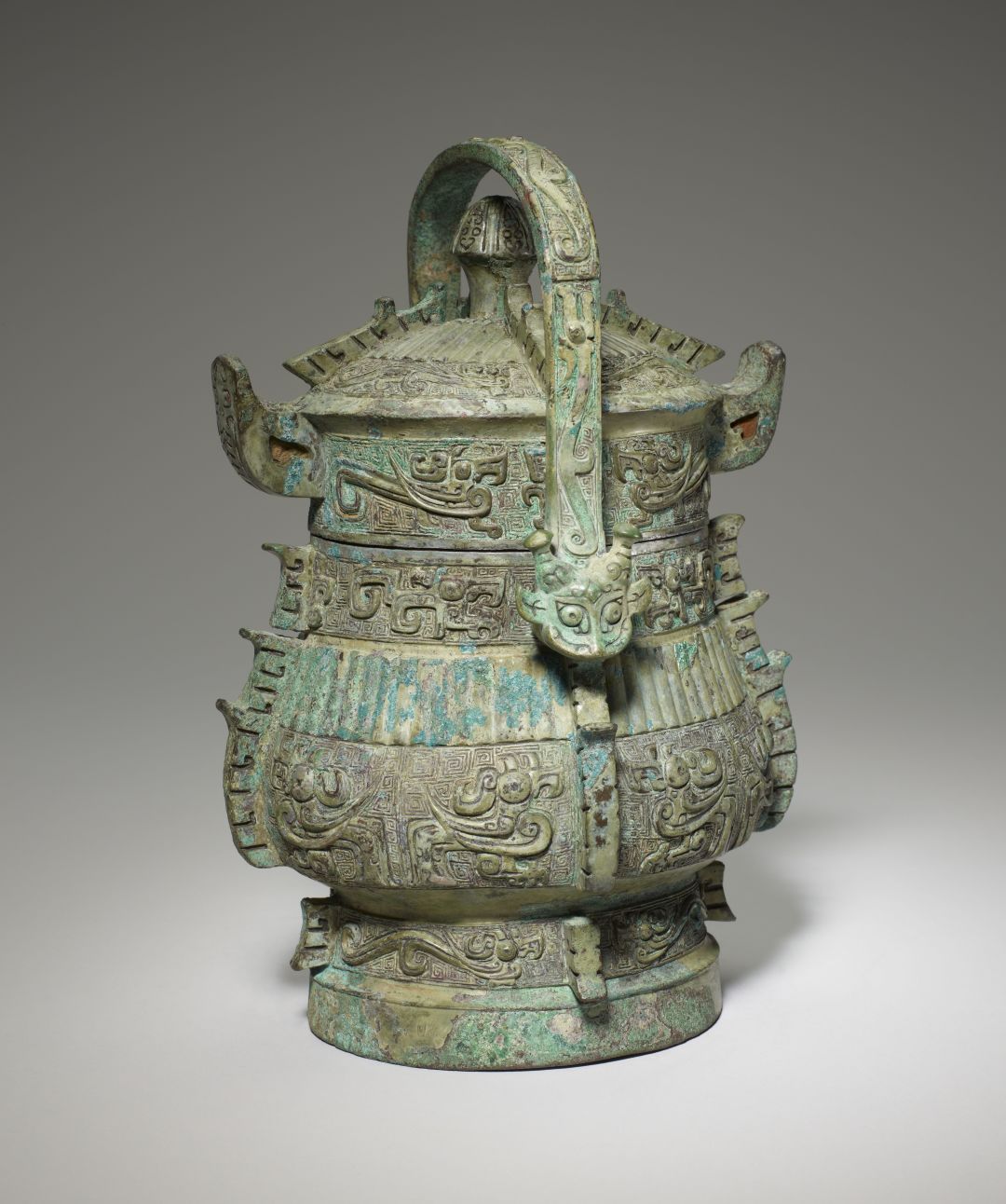
Wine vessel you, 12th-11th century BCE, Bronze.
Image: Minneapolis Institute of Art
